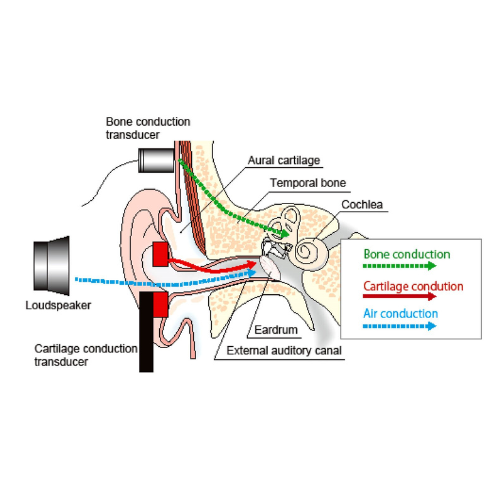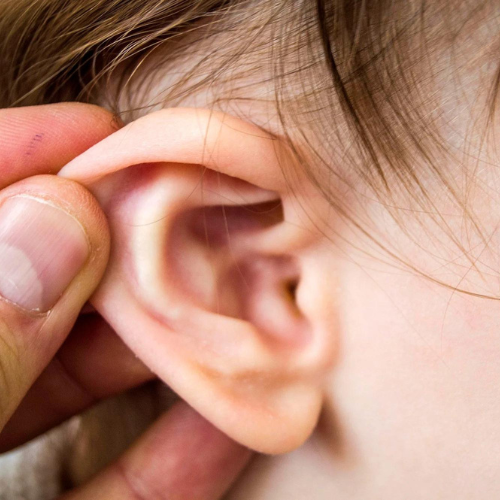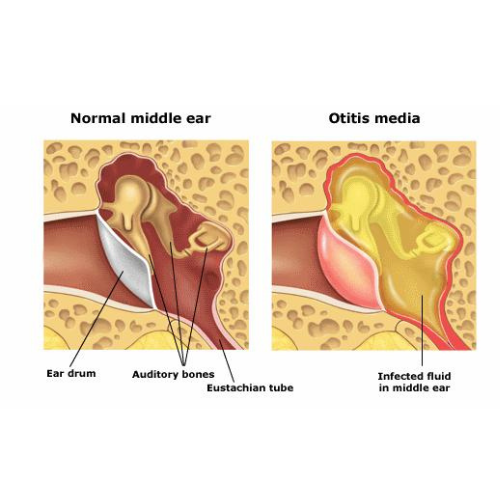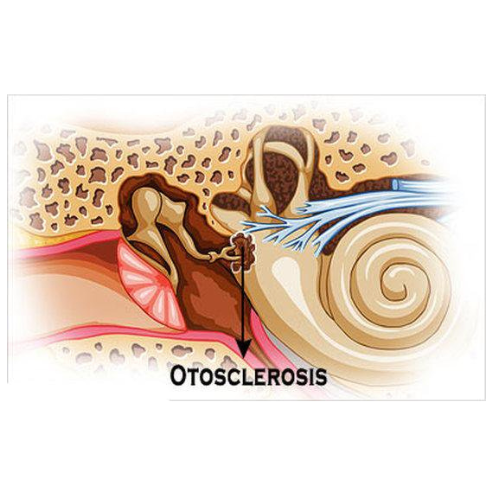Comprehending the Causes, Treatment Choices and Symptoms for Conductive Hearing Loss
Hearing loss can be a part of our lives as we proceed through life and age. There are numerous causes and reasons why hearing loss can affect us or our loved ones. There are multiple types of hearing loss, but one of the most common is conductive hearing loss, a hearing impairment that influences the middle or outer ear, making it difficult to transmit sound waves to the inner ear and correctly interpret them. This can lead to numerous difficulties when speaking with people and listening to audiobooks. At Dr. Najam’s Cochlear Implant Centre, our workers can comprehend how many complications hearing loss can bring and how much anger one can experience due to this issue not having a cure. However, there are numerous devices, such as cochlear implants and hearing aids, which can lessen the burden of hearing loss of all kinds, including conductive hearing loss. We’ll discuss the details of conductive hearing loss, explaining why it occurs, symptoms, and efficient treatment choices.
The Pathway Sound Travels & Conductive Hearing Loss
Our ears are very complex organs meant to capture and transmit sound signals into electrical signals, which our brain understands as sound. These sounds go through the following stages:
Outer Ear
Sound waves are captured outside the ear and enter the ear canal, a funnel-shaped passage lined with wax-producing glands.
Middle Ear
After the sound waves are captured, they vibrate the eardrum, a thin membrane which shall be seperating the outer and middle ear. These vibrations are then transmitted to three minuscule bones (incus, malleus, and stapes) situated within the middle ear cavity.
Inner Ear
The minuscule bones will be able to strengthen the vibrations and send them to the cochlea, a snail-shaped structure full of liquid and hair cells. These hair cells will then transform these vibrations into electrical signals whhich travel through the auditory nerve connected to the brain, where they are perceived as sound.


Outer Ear Problems:
Foreign Objects:
If minuscule objects are lodged within the ear canal, a blockage can form, which can affect hearing.
Earwax Buildup:
If earwax isn’t cleared out regularly, it can begin to build up and create blockages that prevent sound waves from reaching the eardrum.
Swimmer’s Ear (Otitis Externa):
If there is an infection within the outer ear canal, inflammation, swelling, and blockages can occur.
Birth Defects:
In rare cases, a malformed or narrowed ear canal at birth can hinder sound transmission to the inner ear, causing conductive hearing loss.
Middle Ear Problems
Eustachian Tube Dysfunction:
The eustachian tube is connected from the middle ear to the back of the throat and the nose. When this tube malfunctions, fluid can build up within the middle ear.
Ear Infections (Otitis Media):
This is a prevalent cause of conductive hearing loss, particularly in children. Fluid buildup behind the eardrum caused by infection can dampen sound vibrations.
Eardrum Perforation:
A hole situated in the eardrum might disrupt the usual transmission of sound waves. This can be caused by loud noises, trauma, or infection.


Otosclerosis
Otosclerosis is a condition in which the bone grows abnormally and fixes the stapes bone within the middle ear, dampening the transmission of sound waves further.
Cholesteatoma
Cholesteatoma is a benign condition, but aggressive skin growth within the middle ear can damage surrounding structures and the transmission of sounds.
Symptoms of Conductive Hearing Loss
Individuals who have contracted conductive hearing loss often experience the following symptoms:
Volume Reduction
If someone experiences issues hearing quiet noises or faint ones, the speakers need to speak louder so the person can hear them.
Muffled Hearing
Sounds might be distant or dull, making it hard to comprehend speech, particularly in noisy environments.
Earache
This might be occurring with individuals who have ear infections or other inflammatory conditions.
Why You Should Choose Dr. Najam’s Cochlear Implant Centre for Treatment
We recommend choosing Dr. Najam’s Cochlear Implant Centre for issues associated with hearing loss as they utilize some of the best technology available in their Region and innovative techniques to deliver precise and effective hearing care services. They can set up appointments with audiologists to assist individuals experiencing hearing issues to resolve these problems. They can also accommodate most of the most significant medical coverage programs. By consulting an audiologist, you can create a solution specifically for you. Utilize their services to cure your conductive hearing loss or at least lessen its burden by utilizing cochlear implants or hearing aids provided by Dr. Najam’s Cochlear Implant Centre.
